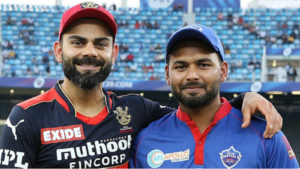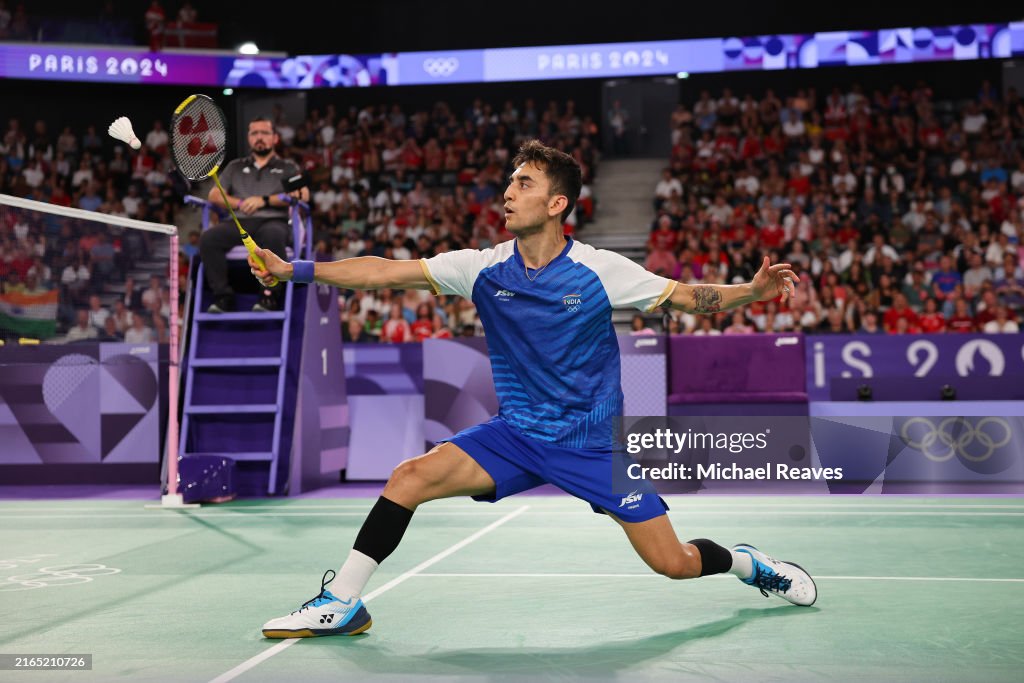The Indian Premier League (IPL) is a T20 league operated by the Board of Control for Cricket in India (BCCI). It stands as the world’s most renowned and wealthiest cricket league, which was founded in 2007. It is a double-round-robin format tournament comprising of 10 teams from different states and cities of India.
The league is widely recognized for its commitment to discovering and nurturing young talent. It offers a unique platform where emerging cricketers, both from India and abroad, are given the opportunity to showcase their skills on a global stage. With its extensive network of scouts, coaches, and experienced mentors, the league provides an ideal environment for young players to develop their abilities and gain valuable exposure.
Here’s a list of the five youngest captains in IPL history:
1: Virat Kohli (22 years 4 months and 6 days)
Former Indian captain Virat Kohli is the youngest ever captain in the Indian Premier League (IPL). He stepped in as the captain for RCB in 2011, replacing injured Daniel Vettori for three games. Kohli’s fearless, aggressive, and passionate style of play immediately resonated with fans and players, and he quickly became the face of the franchise.
As the captain, Kohli’s leadership was marked by his intense commitment to fitness, work ethic, and a modern, aggressive approach to cricket. His leadership philosophy revolved around encouraging his team to play bold, attacking cricket while ensuring they maintained discipline and focus. In 2021, Kohli announced that he would step down as RCB’s captain after the IPL season, citing the need for a new phase in his career. His decision was met with mixed emotions from fans and the cricketing community.
2: Steve Smith (22 years 11 months and 9 days)
Australian batter Steve Smith, one of the most accomplished cricketers of the current generation, has also had an impactful role as an IPL captain. He became the stand-in captain for Pune Warriors, replacing Sourav Ganguly, who rested himself in 2011. His calm and composed approach to decision-making on the field set him apart, particularly in high-pressure situations.
Smith’s leadership was widely praised for maintaining team morale and guiding them through difficult patches. His adaptability and understanding of the game became clear as he led a relatively young squad through competitive situations.
3: Shreyas Iyer (23 years 3 months and 21 days)
Indian middle-order batter Shreyas Iyer stepped into the captaincy role after Gautam Gambhir stepped down from the post mid-season in 2018. Under his leadership, DC underwent a remarkable transformation, rising from the lower ranks of the tournament to become one of the most competitive teams.
Iyer’s leadership style focused on tactical thinking, where he placed emphasis on the right decisions at key moments, especially in managing resources during matches. His adaptability, both in batting and captaincy, was apparent as he adjusted his strategies based on opposition strengths and match conditions.
4: Suresh Raina (23 years 3 months and 22 days)
Former Indian all-rounder Suresh Raina led his favourite franchise, Chennai Super Kings, in MS Dhoni’s absence in the year 2008. He showcased his leadership acumen and ability to guide a team with calmness and strategic thinking. Known for his consistency with the bat and exceptional fielding, Raina’s leadership was more about ensuring smooth transitions and fostering team spirit.
His leadership during these stints was marked by a tactical approach and his ability to keep the team motivated. Raina managed the pressure situations with ease, ensuring the team maintained its competitive edge. His contributions were vital in maintaining the team’s success and unity.
5: Rishabh Pant (23 years 6 months and 6 days)
Indian wicketkeeper Rishabh Pant was named the captain of Delhi Daredevils (now Delhi Capitals) in the 2021 season, following an injury to captain Shreyas Iyer. Despite being new to a leadership role, Pant stepped up with confidence and showed great maturity on the field. Pant’s natural energy and enthusiasm inspired the team, and his calm yet assertive decision-making made a difference, particularly in key moments.
Over the course of his captaincy, Pant showed tremendous growth, learning to balance aggression with composure. His leadership helped shape DC into a formidable team, and he became a fan favorite not just for his batting brilliance but also for his bold and tactical leadership.




